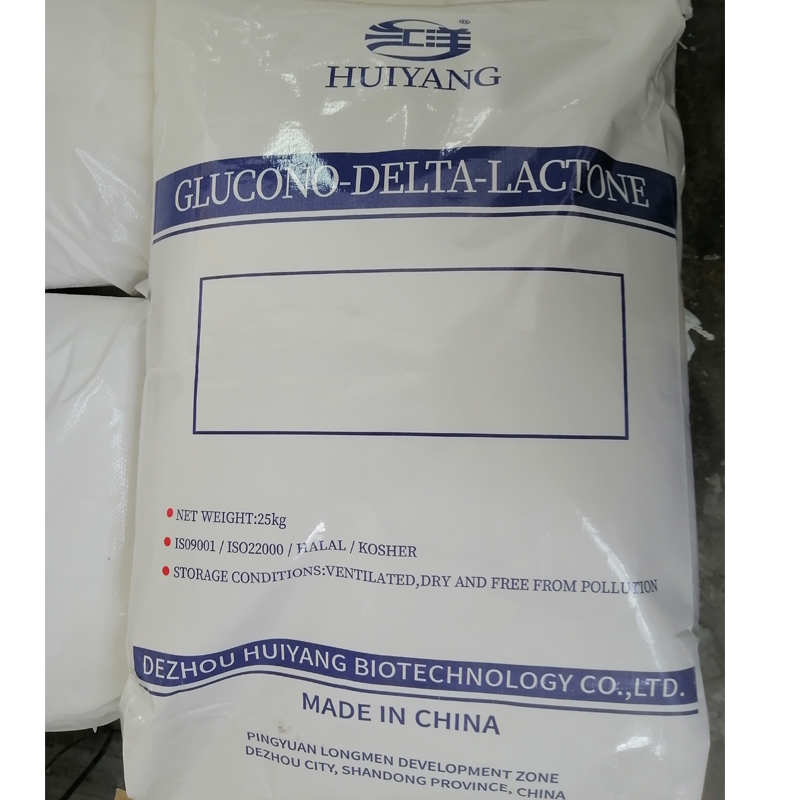-
Categories
-
Pharmaceutical Intermediates
-
Active Pharmaceutical Ingredients
-
Food Additives
- Industrial Coatings
- Agrochemicals
- Dyes and Pigments
- Surfactant
- Flavors and Fragrances
- Chemical Reagents
- Catalyst and Auxiliary
- Natural Products
- Inorganic Chemistry
-
Organic Chemistry
-
Biochemical Engineering
- Analytical Chemistry
- Cosmetic Ingredient
-
Pharmaceutical Intermediates
Promotion
ECHEMI Mall
Wholesale
Weekly Price
Exhibition
News
-
Trade Service
Recently, the research group of Professor Cao Bing Professor Wu Xia Capital Medical University, Hainan experimental chamber latest research results cooperate in "Food Chemistry" (Zone 1 TOP Chinese Academy of Sciences journal impact factor 7.
514) published online entitled "Amide alkaloids characterization and neuroprotective properties of Piper nigrum L.
: A comparative study with fruits, pericarp, stalks and leaves"
.
This study established a supercritical fluid chromatography (UHPSFC)-MS analysis method, identified the characteristic components of different parts of pepper for the first time , and evaluated its neuroprotective activity
.
514) published online entitled "Amide alkaloids characterization and neuroprotective properties of Piper nigrum L.
: A comparative study with fruits, pericarp, stalks and leaves"
.
This study established a supercritical fluid chromatography (UHPSFC)-MS analysis method, identified the characteristic components of different parts of pepper for the first time , and evaluated its neuroprotective activity
.
Pepper (Piper nigrum L.
) is widely used worldwide.
It is an important southern medicine resource in China and one of the characteristic industries of Hainan Province.
The annual planting area is as high as 330,000 mu
.
During the growth and processing of pepper, its branches and leaves are often discarded as non-agricultural products
.
Pepper has a pungent taste and heat, which belongs to the stomach and large intestine meridian.
It is used for stomach cold and vomiting, abdominal pain and diarrhea, etc.
Diarrhea is one of the common diseases in livestock and poultry breeding
.
There is no report on the application of pepper branch and leaf resources in animal husbandry production
.
) is widely used worldwide.
It is an important southern medicine resource in China and one of the characteristic industries of Hainan Province.
The annual planting area is as high as 330,000 mu
.
During the growth and processing of pepper, its branches and leaves are often discarded as non-agricultural products
.
Pepper has a pungent taste and heat, which belongs to the stomach and large intestine meridian.
It is used for stomach cold and vomiting, abdominal pain and diarrhea, etc.
Diarrhea is one of the common diseases in livestock and poultry breeding
.
There is no report on the application of pepper branch and leaf resources in animal husbandry production
.
In this study, the UHPLC-LTQ-Orbitrap-HRMS method was used to identify the amide alkaloids in black pepper, white pepper, peel, stems and leaves.
Eight amide alkaloids were reported for the first time, and an ultra-efficient supercritical fluid was established.
Chromatography (UHPSFC)-MS analysis method was used for the first time for the simultaneous determination of 9 characteristic components in pepper (piperine, piperine, dihydro piperine, sageline, guinea piperine, etc.
)
.
The study also found that extracts from pepper fruit, peel and leaves can significantly improve the activity of 6-OHDA-induced damage to SK-N-SH and SH-SY5Y cells, and have certain neuroprotective effects
.
The results of this research lay a foundation for solving the problem of environmental pollution caused by branch and leaf resources in pepper production and the problem of diarrhea in livestock breeding, and provide a scientific basis for the reuse of pepper branch and leaf resources in our province, and open up the ecological cycle of "pepper-livestock" The agricultural model laid the foundation
.
Eight amide alkaloids were reported for the first time, and an ultra-efficient supercritical fluid was established.
Chromatography (UHPSFC)-MS analysis method was used for the first time for the simultaneous determination of 9 characteristic components in pepper (piperine, piperine, dihydro piperine, sageline, guinea piperine, etc.
)
.
The study also found that extracts from pepper fruit, peel and leaves can significantly improve the activity of 6-OHDA-induced damage to SK-N-SH and SH-SY5Y cells, and have certain neuroprotective effects
.
The results of this research lay a foundation for solving the problem of environmental pollution caused by branch and leaf resources in pepper production and the problem of diarrhea in livestock breeding, and provide a scientific basis for the reuse of pepper branch and leaf resources in our province, and open up the ecological cycle of "pepper-livestock" The agricultural model laid the foundation
.
Vice President Cao Bing of Hainan University is the co-corresponding author of the paper, and Hainan University is the main author
.
This research was supported by the National Natural Science Foundation of China (No.
81473333) and the key research and development project of Hainan Province (ZDYF2018137)
.
.
This research was supported by the National Natural Science Foundation of China (No.
81473333) and the key research and development project of Hainan Province (ZDYF2018137)
.







